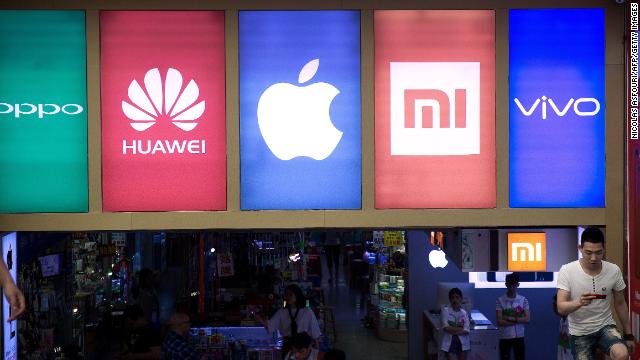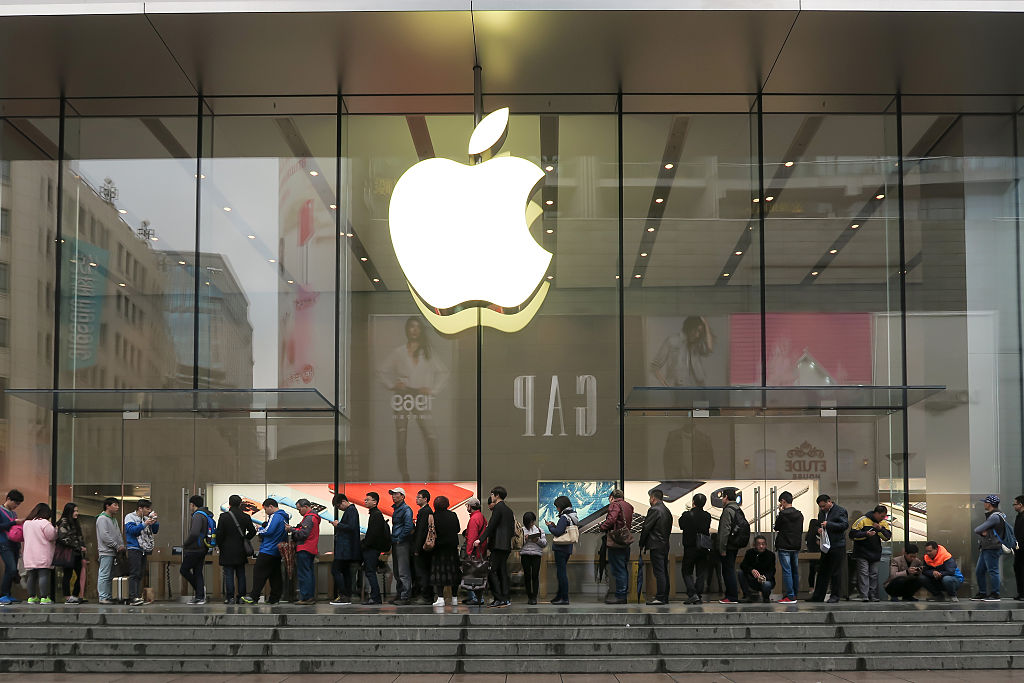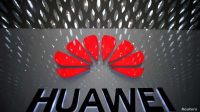Apple Decline in Singles Day Sales

In the recent Singles Day shopping festival in China, Apple faced a decline in smartphone sales, as indicated by data from Counterpoint Research. The report disclosed a 4% year-on-year reduction in Apple smartphone sales over the two-week sales window from Oct. 30 to Nov. 12. On the flip side, Huawei and Xiaomi, prominent domestic competitors, experienced substantial growth, with a 66% and 28% surge in units sold, respectively, during the same period.
The broader Chinese smartphone market witnessed a 5% year-over-year upswing in sales during the promotional period, propelled by the robust performances of Huawei and Xiaomi. Despite this overall growth, Apple’s sales performance trailed behind, prompting scrutiny of its competitive standing in the dynamic Chinese market.
Pricing dynamics played a pivotal role in shaping consumer choices. Apple’s latest iPhone 15 model, starting at 5,999 yuan ($832), competed with Huawei’s Mate 60 smartphones, commencing at 5,499 yuan ($763), and Xiaomi’s Mi 14, priced from 3,999 yuan ($555).
Despite the absence of specific sales figures from e-commerce giants Alibaba and JD.com for the Singles Day festival, JD.com did disclose that the transaction volume value of Apple products on its platform surpassed 10 billion yuan ($1.39 billion) during the festival. Xiaomi also celebrated success, with a spokesperson noting a cumulative gross merchandise value exceeding 22.4 billion yuan.
Optimism in the Chinese Smartphone Market

Industry analysts are optimistic about a rebound in the Chinese smartphone market, with IDC projecting year-on-year sales growth in the fourth quarter, marking a positive shift after ten consecutive quarters of shipment decline. The rivalry among smartphone models intensified before the annual shopping extravaganza, with major Chinese e-commerce platforms enticing consumers with substantial discounts on Apple’s iPhones.
Apple’s iPhone 15 series, launched in late September, faced competition from Huawei’s Mate 60 line, which boasted an independently developed advanced chip. The Mate 60 series garnered patriotic support in China, viewed as a testament to Huawei’s resilience against years of export controls imposed by the United States.
Xiaomi entered the fray with the late October launch of its flagship Mi 14 smartphone series, achieving noteworthy sales figures, surpassing 1 million units shortly after hitting the market.
Counterpoint analysts attributed Apple’s subdued performance not only to fierce domestic competition but also to supply chain constraints affecting the availability of its new iPhone 15 models. Ivan Lam, Counterpoint’s senior manufacturing analyst, acknowledged Apple’s gradual improvement but noted lingering supply challenges, expressing optimism that the situation would normalize in the near future.
Read More (Gadget)








